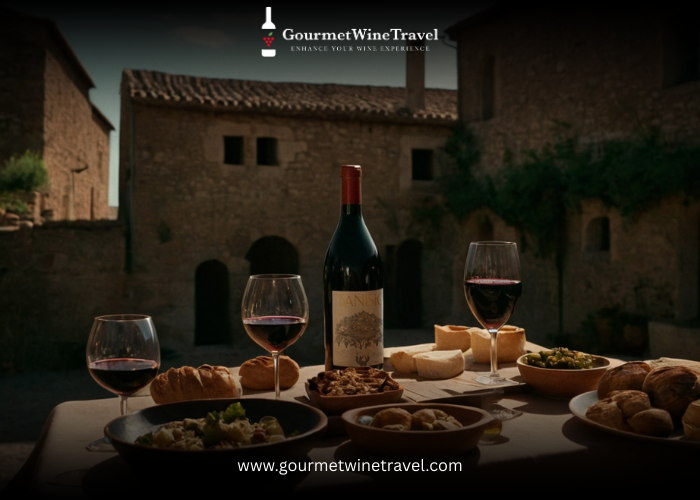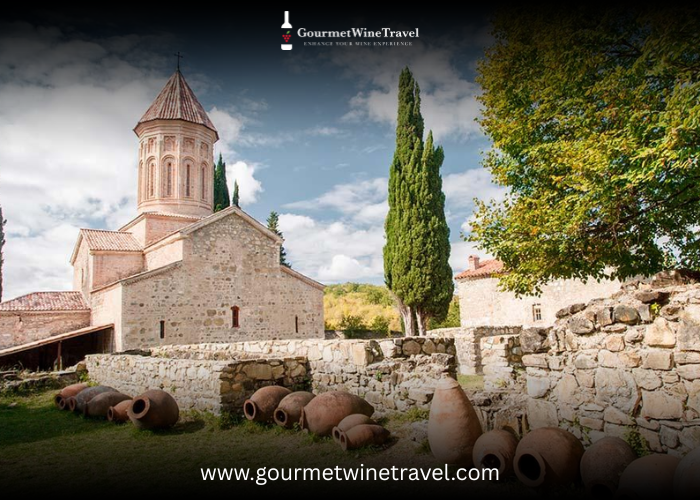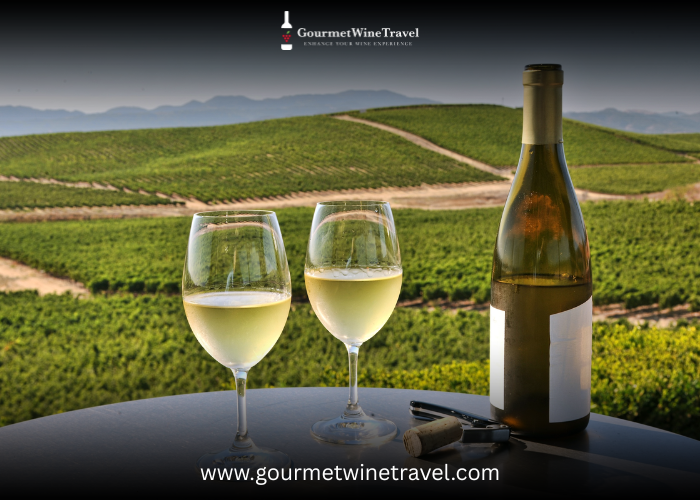
Discover the Heart of Spanish Wine Culture in Catalunya
Introduction
Spain is one of the world’s finest wine destinations, and Catalunya is a perfect example of its rich tradition. Catalunya (Catalonia), located in the northeastern corner of the Iberian Peninsula, offers a distinct blend of Mediterranean charm, historic vineyards, creative winemaking, and dynamic traditions. Catalunya is an excellent starting point for those interested in learning more about Spanish wine.
This blog will take you on a tour through Catalunya’s wine regions, grape varietals, and traditions, revealing why this region is considered the heart of Spanish wine culture.
A Legacy Rooted in History
The history of Spanish wine culture in Catalunya dates back over 2,000 years. Ancient Romans recognized the region’s fertile soils and Mediterranean climate, and planted vineyards that established the groundwork for the contemporary wine business. Throughout the Middle Ages, monks improved their winemaking processes, creating wines for religious events and local communities.
Catalunya’s winemakers continue this legacy today, combining tradition and innovation. Each glass of wine here is more than just a drink; it reflects centuries of tradition, values, and passion.
The Diversity of Catalunya’s Wine Regions
Catalunya has 12 Denominations of Origin (DOs), each with its terroir, climate, and personality. This versatility makes it a cornerstone of Spanish wine culture, with something for every taste.
1. Penedès: The Sparkling Soul of Catalonia
Penedès is the birthplace of Cava, Spain’s famous sparkling wine. Cava, made in the traditional style (similar to Champagne), is connected with festivity in Spanish culture. The region also produces superb still wines, with both local and international grape varietals flourishing here.
2. Priorat: Bold and Powerful.
Priorat, a treasure of Spanish wine culture, is world-renowned for its powerful, full-bodied reds. The region’s steep terraces and slate soils (known as llicorella) create wines of exceptional depth and character. Wines made from Garnacha and Cariñena grapes are popular among collectors worldwide.
3. Montsant – The Hidden Gem
Montsant, also known as Priorat’s younger sibling, produces high-quality red wines at more affordable prices. Its wines are powerful yet graceful, making it popular among residents who value true Spanish wine culture without the high price tag.
4. Empordà — Coastal Elegance
Empordà, which borders the Costa Brava, produces fresh, fragrant wines by blending coastal breezes with mountain air. Empordà’s wines range from clean whites to vibrant rosés, demonstrating Catalonia’s flexibility.
5. Costers del Segre: Innovation Meets Tradition
Inland, Costers del Segre is recognized for experimenting with international grapes like as Cabernet Sauvignon and Chardonnay while maintaining traditional Catalan varieties. This spirit of invention reflects the dynamic nature of Spanish wine culture.
Indigenous Grapes – The Soul of Spanish Wine Culture
While Catalunya welcomes international grapes, its native types are the true stars of Spanish wine culture.
- Macabeo, Xarel·lo, and Parellada are the classic trio behind Cava, providing freshness, body, and aromatics.
- Garnacha (Grenache) is a versatile grape that can be used to make red and rosé wines.
- Cariñena (Carignan) enhances depth, structure, and robust character, especially in Priorat and Montsant.
- Trepat – A local red grape that produces light, fruity wines with a distinct character.
These grapes not only characterize Catalonia’s wine identity but also demonstrate the diversity of Spanish wine culture as a who
Wine and Gastronomy – A Perfect Pairing
In Spain, wine is synonymous with food and community. Catalunya is no exception, with a strong culinary culture centered upon wine.
- Tapas & Wine – From patatas bravas to jamón ibérico, each tapa pairs perfectly with wine.
- Seafood and Whites – Crisp Empordà whites complement coastal foods like grilled sardines and seafood paella.
- Roasted Meats with Reds – Catalan stews and roasted lamb go well with Priorat and Montsant red wines.
- Cava and Celebration – Whether it’s a wedding, a festival, or a simple family gathering, no Spanish wine culture celebration is complete without a glass of Cava.
Food and wine together express not only flavor, but also the rhythm of daily life in Catalonia.
Festivals & Traditions – Living Spanish Wine Culture
Catalunya’s wine culture is brought to life through festivals and rituals that allow tourists to experience authenticity.
- Cava Week (Setmana del Cava) in Sant Sadurní d’Anoia features sparkling wine tastings, parades, and festivities.
- The Festa de la Verema (Harvest Festival) in Penedès allows guests to participate in grape harvest rites, trampling grapes by foot as has been done for generations.
- Wine & Music Festivals combine local wines with live music, capturing the social and joyful aspects of Spanish wine culture.
These events are more than just attractions; they are living traditions that unite people, wine, and history.
The Modern Face of Catalunya’s Wine
Catalunya’s unique capacity to honor tradition while embracing innovation distinguishes it from the rest of Spanish wine culture. Many local wineries are implementing sustainable and organic techniques, demonstrating a commitment to the earth and future generations.
Winemakers experiment with maturing methods, amphorae, and biodynamics, pushing the limits of what Spanish wine may be while remaining faithful to its essence. This blend of tradition and innovation is what keeps Catalunya at the core of Spain’s wine identity.
Why Catalunya is the Heart of Spanish Wine Culture?
Catalunya is more than just a destination; it’s a story about passion, tradition, and reinvention. From effervescent Cava to robust Priorat reds, from historic vineyards to sophisticated wineries, the region exemplifies all that makes Spanish wine culture so famous.
Catalunya is more than just a wine tasting destination; it’s a location where you can immerse yourself in history, culture, and community with each drink.
Conclusion
If you’re planning a journey into the heart of Spanish wine culture, let Catalunya be your first stop. With its diverse wine regions, indigenous grapes, gastronomic pairings, and vibrant traditions, it offers a complete immersion into the spirit of Spanish wine.
Every vineyard tells a story, every glass carries centuries of tradition, and every meal shared with wine is an invitation into the warm heart of Catalunya.
So raise a glass—to Catalunya, to Spain, and the endless discoveries waiting for every wine lover.




Recent Comments